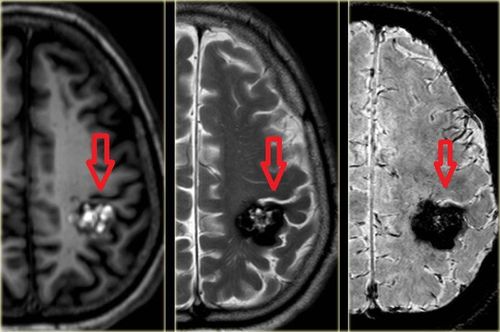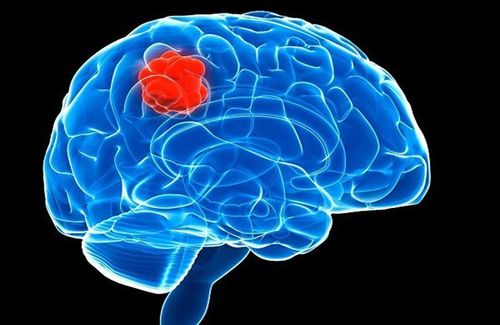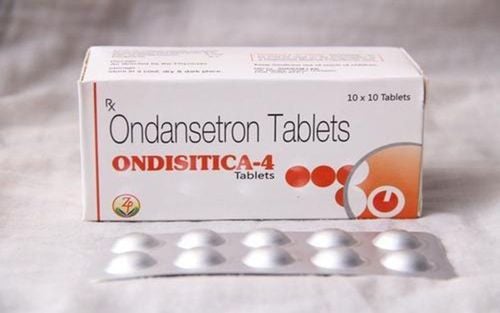This is an automatically translated article.
The article was written by MSc Doan Trung Hiep - Head of Radiation Therapy Department, Technician Chu Van Dung and Technician Nguyen Trung Hieu - Radiation Therapy Center - Vinmec Times City International Hospital.Brain metastasis is when malignant or cancerous cells have spread from another part of the body to the brain. About 170,000 people were diagnosed with brain metastases in 2012, and brain metastases became more common than primary tumors, such as primary brain tumors (62,000 cases), lymphoma ) (79,000) or rectal cancer (103,000). When a person has a brain tumor, it is usually because the cancer has spread from other parts of the body to the brain. The most common types of cancer that metastasize to the brain are lung cancer, breast cancer, and melanoma.
However, any cancer can metastasize to the brain. Cancer treatment has evolved in recent years, allowing many patients to prolong survival and improve quality of life. Unfortunately, brain metastases still occur in many patients months or even years after their initial treatment has ended. There are many treatment options for patients with brain metastases.
1. Symptoms and signs of brain metastases
Sometimes you have no obvious symptoms or signs that the cancer has spread to the brain. Instead, you can find out when you come in for a routine check-up or follow-up, and the disease is discovered on CT scans.
Common symptoms may include headache, dizziness, nausea, blurred vision or blurred vision, memory loss or personality changes, or voice changes.
Sometimes changes in nerve function can lead to numbness or weakness in part of your body; imbalance can also occur.
If you start to have these symptoms, call your doctor. These symptoms may also indicate other health problems for which you need medical attention.

2. Treatment of brain metastases
Treatment of brain metastases can control symptoms and improve quality of life. In some cases treatments can also help you live longer with your cancer, there are 3 main methods:
2.1 Radiation therapy
Treatment with beams of radiation, also known as radiation therapy, is an effective treatment for brain metastases. Unlike chemotherapy, the effectiveness of radiation therapy is not limited by the blood-brain barrier and can penetrate the brain to kill cancer cells. For brain metastases, radiation can improve quality of life, live longer.
2.2 Surgery
Sometimes, surgery can manage symptoms such as reducing pressure in the brain. Surgery also helps doctors confirm that tumors in the brain are true brain metastases. Surgery is often considered a treatment if you have only one metastasis.

2.3 Chemotherapy
Meaning "chemotherapy", chemotherapy is medicine used to kill cancer cells. Traditionally, chemotherapy has had a limited role in the treatment of brain metastases due to the blood-brain barrier, in that it restricts drugs from entering the brain from the bloodstream. This protective barrier prevents many chemotherapy drugs from entering the brain. However, new drugs can cross this blood-brain barrier to help control brain metastases.
In most cases, patients with metastases will not be "cured" of their cancer. However, modern treatments, including radiation therapy, allow doctors to control brain metastases, enabling many patients with advanced cancer to prolong survival from a few months to several years. with their cancer.
Survival will depend on the source of the primary cancer, where it has spread, and how responsive it is to treatment rather than on the actual number of brain metastases. Even more important is how controllable the cancer is outside of the brain.
3. External radiation therapy for brain metastases
Let's learn more about Radiation therapy for brain metastases:
Radiation therapy is the use of radiation beams to treat cancer and other diseases safely and effectively. The radiation beams are usually generated by a radiation therapy machine called a linear accelerator, or “Linac” (which is beamed from outside the patient, so it is often referred to as external beam radiation therapy). Radiation therapy is non-invasive or painless and only lasts a few minutes.
In most cases, the beam is generated from high-energy X-rays by a linear accelerator, but sometimes special methods such as GammaKnife can be used.

Before starting treatment, you will be scheduled with your radiation therapist to plan your treatment. You will have a simulated CT scan and be immobilized on special immobilizers to keep you in place during the treatment.
Normally, the whole brain is on a treatment plan when there is brain metastasis, your treatment plan starts every day from Monday to Friday every week and for about 2-3 weeks of treatment.
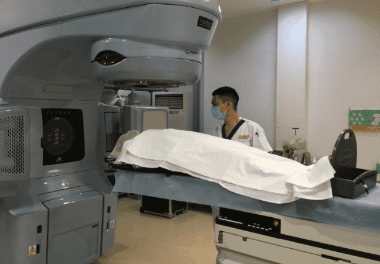
In some cases, your doctor will prescribe a single session of high-dose radiation therapy, also known as radiosurgery (SRS). With radiosurgery, doctors will focus on a small treatment volume. Sometimes a combination of both radiosurgery and whole brain radiation can increase the effectiveness of the treatment.
Combining radiation beams allows doctors to deliver radiation doses to the tumor site more precisely while reducing the dose to adjacent critical organs, such as eyes or normal brain tissue.

4. Side effects
Fatigue is the most common side effect. Fatigue usually begins after the first week and lasts until the end of treatment.
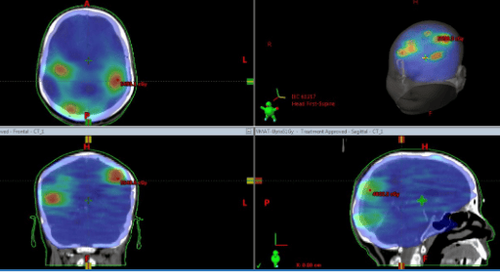
Whole brain radiation can irritate the scalp and hearing may be affected. Radiation therapy can cause hair loss, the area where the radiation rays are directed. Hair may grow back, but hair growth may be different than before treatment.
Radiation can cause short-term memory loss, but dangerous nerve damage is rare.
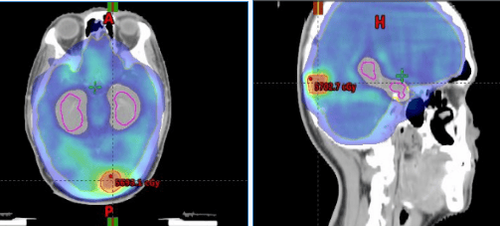
If you experience itchy skin or a rash, contact your doctor immediately. For brain tumors, this symptom could be a sign of an allergic reaction if you are taking anti-seizure medications. Ask your radiation therapist about your wishes and the risks and benefits of each treatment. Side effects are different for each person. Specialist doctors and nurses will closely monitor the treatment.
You may be prescribed a steroid medicine to relieve or prevent symptoms. these may be prescribed before you start treatment or some other medicine that will help you during treatment.
Consult your radiation therapist, nurse about any problems you are having or are worried about treatment. You will receive the best support to help you feel as secure and comfortable as possible during your treatment.
5. Taking care of patients in treatment
You should try to rest as much as possible. Patients need more support and encouragement from family and friends. You can consult your doctor or nurse about anything you are not sure about and want help with.
It is important to follow your doctor's orders. Ask questions that help you better understand the problems in your treatment to help you stay informed and well-coordinated in your treatment. If you drive, consult your doctor and ask your family for help when you want to move.
Consult with your doctor about any medications or vitamins you are taking to make sure it is safe to use them during radiation therapy. Have a proper diet. Your doctor, nurse or dietitian can suggest suitable nutritional foods if your taste buds change.

Special care in areas of skin exposed to radiation. Avoid using hot or cold compresses on damaged skin, and use moisturizers and ointments only after consulting with your doctor or nurse.
Vinmec International General Hospital is one of the hospitals that not only ensures professional quality with a team of leading medical doctors, modern equipment and technology, but also stands out for its examination and consultation services. comprehensive and professional medical consultation and treatment; civilized, polite, safe and sterile medical examination and treatment space. Customers when choosing to perform tests here can be completely assured of the accuracy of test results.
Please dial HOTLINE for more information or register for an appointment HERE. Download MyVinmec app to make appointments faster and to manage your bookings easily.






